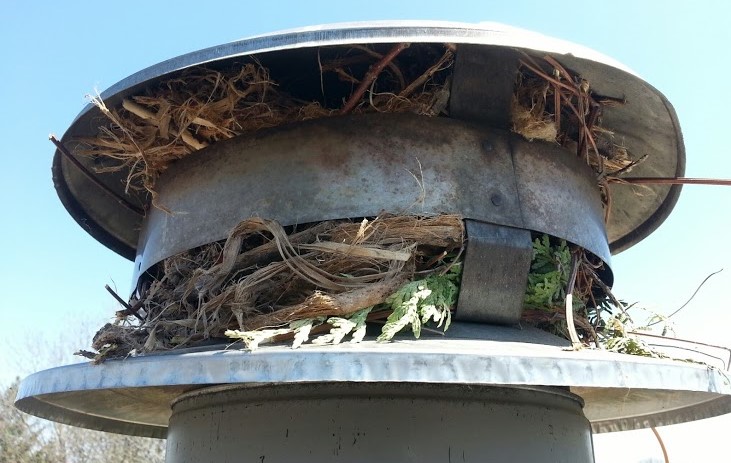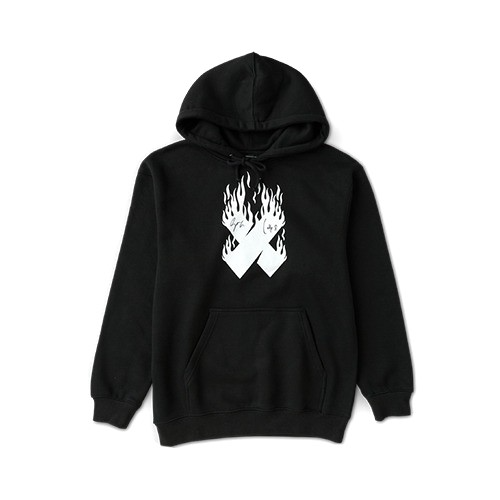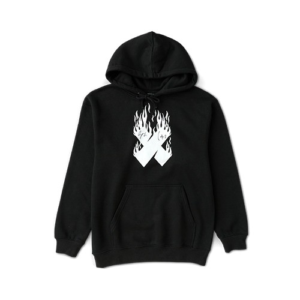What equipment is used for chimney animal removal in Fort Worth homes
If you’ve ever heard scratching, thumping, or a mysterious scurrying coming from your chimney in Fort Worth, you’re not alone. Animals like squirrels, raccoons, birds, and even the occasional opossum seem to think our chimneys are five-star hotels with perfect privacy. While sharing your home with these furry or feathered squatters isn’t ideal, getting them out safely and without damage is a job best handled with the right gear. If you’re curious about what tools and gadgets are part of this unique process, pull up a chair—I’ll walk you through the essentials that pros use for Chimney Animal Removal.
“Every animal in your chimney has a story, but it’s the right equipment that ensures a safe, peaceful ending for both them and you.”
Suiting Up: Personal Protection First
Before anyone even thinks about poking their head into a chimney, it’s all about safety from head to toe. Animal removal isn’t just about coaxing critters outside—it’s about making sure everyone, including the humans doing the job, stays safe and healthy. Imagine sticking your arm into a tight, dark space with a startled raccoon on the other end. Not fun, right?
That’s why gloves are a must. Heavy-duty leather gloves are the first line of defense against bites or scratches. But it doesn’t stop there—long sleeves and thick pants are worn to keep skin covered, and a sturdy jacket adds an extra layer of protection. Chimneys can be full of dust, soot, and even droppings, so a good respirator mask and safety goggles are always part of the toolkit to keep out dust and allergens.
Some pros even wear full-body coveralls, especially if the job looks extra messy or the animal is known for carrying diseases. Sturdy boots with non-slip soles make sure no one takes a tumble on a slippery roof, because the last thing you want is your animal eviction turning into a rescue mission for the rescuer!
Getting a Closer Look: Inspection Tools
Once suited up, the next step is figuring out exactly who’s living up there and how they got in. You can’t just guess and hope for the best. That’s where a trusty flashlight comes in handy. The brighter, the better. Chimneys are dark and shadowy, and a strong beam helps spot glowing animal eyes or nests tucked away in corners.
These days, many pros also use inspection cameras—think of them as tiny, flexible “spy cams” on a long wire. You feed the camera down the chimney from above or below, watching a live video feed on a screen. This lets you see every nook and cranny without having to crawl into the flue yourself. It’s a game-changer for finding animals that hide or freeze when they sense people nearby.
Mirrors on extendable poles are another old-school favorite. They’re simple but effective for peeking around bends or into tight spots that a camera might not reach. Binoculars can also come in handy when checking out the top of the chimney from the ground.
Eviction Day: Tools for Safe Animal Removal
Once it’s clear what’s inside, it’s time for the main event—actually getting the animal out. Here’s where the real magic happens, and it’s not about brute force. The aim is always to remove the animal as gently as possible, causing zero harm to them or your home.
One of the most common tools is the humane catch pole. Imagine a long stick with a loop on the end—kind of like a giant lasso for animals. The loop slips around the animal’s body (never the neck), and with a gentle pull, the remover can guide the animal out. These poles come in different lengths depending on how deep the animal is, and the loop is soft to avoid hurting the critter.
For smaller animals like birds or baby squirrels, a soft wildlife net is often used. These nets are designed to cradle the animal without snagging feathers or fur. The net’s handle is usually telescopic, so it can reach down the length of the chimney if needed.
Sometimes, especially if a mother raccoon has babies tucked deep into the chimney, a live animal trap is placed at the base. The animal enters, the door gently closes, and the whole family can be safely relocated together. No drama, no injuries—just a safe reunion somewhere that isn’t your living room.
For nests or debris, chimney brushes (think of a giant bottle brush) and flexible rods are essential. These clean up leftover material after the animal is out, making sure the flue is clear and ready to use again.
Keeping Them Out: Prevention and Repairs
After the uninvited guest is gone, it’s time to make sure the problem doesn’t repeat itself. This is where prevention equipment comes into play. The star of the show here is the chimney cap. This is a metal cover—usually stainless steel or copper—that sits right on top of your chimney. It lets smoke out but keeps animals, rain, and leaves from getting in.
Installing a chimney cap often involves a power drill, screws, and sometimes a sealant to make sure there are no gaps. Mesh screens are sometimes used as an extra barrier, especially if you’ve had issues with smaller animals or birds squeezing through.
If the animal made a real mess or chewed through bricks or flashing, patching tools and masonry supplies might be needed to fix up any damage. That can include mortar, caulking guns, and metal flashing. The idea is to leave your chimney better protected than it was before the critter found it.
Chimney Animal Removal: Typical Service Costs in Fort Worth
| Service | Description | Estimated Cost |
|---|---|---|
| Basic Animal Inspection | Visual and camera inspection to locate and identify animals in the chimney. | $90 – $150 |
| Single Animal Removal | Humane removal of a single animal using catch poles, nets, or traps. | $120 – $250 |
| Multiple Animals/Babies Removal | Safe extraction of a mother and her young, with gentle handling and relocation. | $180 – $350 |
| Nest Cleanup & Chimney Brushing | Removal of nests, debris, and thorough cleaning of the flue with brushes. | $70 – $190 |
| Chimney Cap Installation | Fitting and securing a new cap or mesh screen to prevent future animal entry. | $150 – $320 |
| Minor Chimney Repairs | Patching holes, replacing bricks, or resealing areas damaged by animals. | $100 – $300 |
Wrapping Up: Why the Right Gear Makes All the Difference
When it comes to getting animals out of chimneys in Fort Worth, it’s not a job for improvised tools or risky shortcuts. From heavy gloves and safety gear to specialized cameras and gentle traps, each piece of equipment has a purpose—to keep both the animals and the humans safe. If you ever hear those telltale sounds above your fireplace, remember: professional animal removers come armed with more than just courage; they bring the right gear to make sure everyone gets a happy ending.
Whether you’re a homeowner curious about what goes into the process or someone who just wants to be sure the job’s done right, understanding the equipment gives you peace of mind. Chimney animals might be clever at getting in, but with the right tools and a little know-how, they’ll be moving out in no time—and your chimney will stay critter-free for good.
Read More: Fort Worth Chimney Sweep













